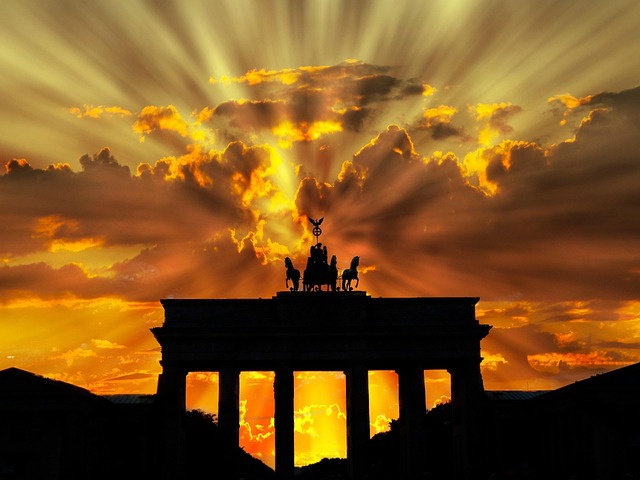When diving into the world of art photo photography, one of the most crucial aspects to master is composition. The composition of a shot can dramatically influence how the viewer interprets the image, conveying emotions and messages far beyond the pixels captured by your camera. Let’s explore what makes composition so vital in art photography and how you can enhance your photographic skills.
Firstly, understanding the fundamentals of composition is key. Elements such as the rule of thirds, leading lines, and framing can help guide the viewer’s eye and create a more engaging photograph. Imagine standing in front of a stunning landscape; the way you compose your shot with your camera can make all the difference. For instance, using the rule of thirds, you might place the horizon line along the lower third of your frame, allowing the beautiful sky to take center stage. This simple adjustment can transform a basic photo into a captivating piece of art.
The choice of optics also plays a pivotal role in composition. Lenses with varying focal lengths can yield different perspectives, affecting how you frame your subject within the environment. A wide-angle lens might capture the grandeur of a sweeping vista, while a telephoto lens can isolate a specific detail, bringing it to life. Each lens has its unique characteristics that can enhance your art photo, making it essential to understand their applications to find the perfect shot.
When you’re behind the camera, think about the story you want your image to tell. Photography transcends mere documentation; it’s about expressing a feeling or a concept. Consider the elements in your frame—how they interact with one another, and how they contribute to the narrative of your image. A cluttered scene might overshadow the emotion you wish to convey, while a thoughtful arrangement can evoke a deeper connection with the viewer.
Lighting is another critical aspect to consider when composing an art photo. The quality of light can set the mood and highlight textures, shapes, and colors within your work. The golden hour, just after sunrise or before sunset, offers a warm light that can add a magical quality to your images. Experimenting with different times of day and weather conditions can help you discover unique compositions that resonate with your artistic vision.
Don’t forget the power of negative space in your composition. Allowing your subject room to breathe can create a sense of isolation, tranquility, or tension, depending on your artistic intent. This technique is especially effective in minimalistic approaches, where the absence of clutter draws attention to the subject itself, highlighting its importance in the frame.
Lastly, remember that every photograph you take should reflect your unique perspective. While learning the rules of composition is important, don’t be afraid to break them. Some of the most memorable art photos defy conventional norms, showcasing the photographer’s personal style and creativity. Embrace the freedom of expression that art photography offers, and let your intuition guide your composition choices.
In the pursuit of mastering composition in art photography, practice is your best friend. Take your camera out frequently; shoot different subjects, experiment with angles, and play with lighting and optics. Over time, your understanding of composition will evolve, and you’ll discover what resonates with you and your audience. So grab your camera, explore the world around you, and create photos that not only capture moments but also tell meaningful stories.



